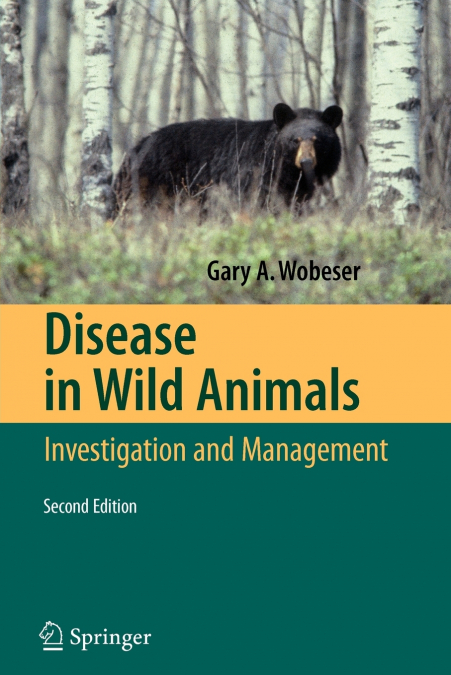
Gary A. Wobeser
SECTION I: INTRODUCTION 1. Disease and epizootiology - basic principles 2. Special problems in working with free-living animals SECTION II: DISEASE INVESTIGATION 3. Identifying and defining a disease 4. Collecting population data 5 Defining environmental variables 6. Formulating and testing hypotheses 7. Samples, sampling and sample collection 8. Investigation of disease outbreaks and chronic or inapparent disease 9. Records and record keeping SECTION III: DISEASE MANAGEMENT 10. Disease management - general principles 11. Management of the causative agent/factor or its vector 12. Disease management through manipulation of the host population 13. Disease management through treatment and immunization 14. Disease management through environmental modification 15. Disease management through influencing human activities 16. Emergency and integrated management programs 17. Assessing the effectiveness of a disease management program Common and scientific names of animals REFERENCES INDEX